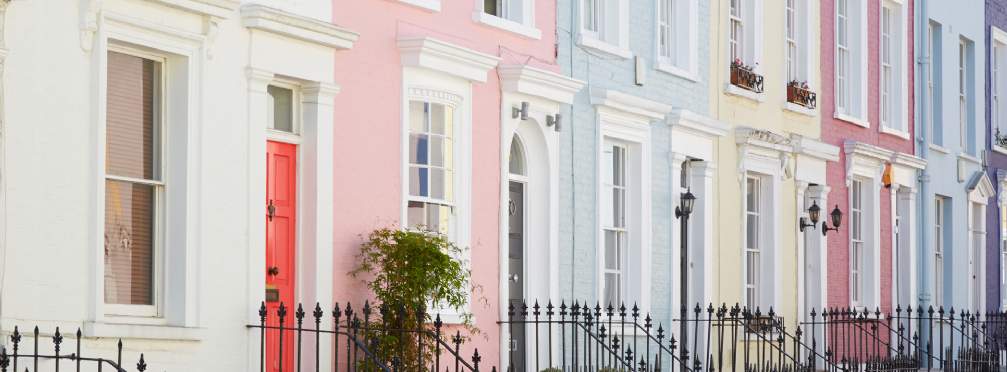Across the UK there are around 400,000 buildings on the listed buildings register with around 27,000 of those located across Greater London. Many of these, as well as heritage buildings that have not been listed, are some of the most energy inefficient properties in the country. Addressing this issue is important not only to avoid contributing further to the built environment’s negative impact on climate change, but also to ensure that buildings of social, cultural and historic significance remain in use and cared for. But does one key source of guidance on this issue, the EPC register, help or hinder owners of listed buildings?
Owners of listed buildings face two key issues with the EPC register. The first problem stems from the lack of clarity around whether listed buildings require an EPC in the first place. As Savills’ heritage expert Emma Lawrence states “there is a widely held misunderstanding that EPCs are not required for listed buildings and, if there is no valid current EPC, there is no obligation to comply with Minimum Energy Efficiency Standards (MEES). However, the EPC regulations do not state that listed buildings are exempt from the requirement to obtain EPCs but rather they are exempt "insofar as compliance with certain minimum energy performance requirements would unacceptably alter their character or appearance.””
However, Londoners are keen to be green. In a poll conducted by London Councils in 2022, 84% of residents stated that they were concerned about climate change and that 72% stated that this concern had increased over the previous year. While just over half of respondents stated that they planned to make more environmentally sustainable choices, of those who did not, reported the cost of installing heat pumps or solar panels was too high and for listed buildings, the need to balance the conservation of their buildings can require specialist materials and installers, adding to costs.
The second issue arises from the guidance offered by the EPC register to mitigate the carbon output of a property includes suggestions already ruled out by most planning authorities. Beyond changing light bulbs or heat sources, these include installing double-glazed windows or installing insulation to walls, either internally or to the exterior of the building, or insulating the loft space.
While it would be obvious to anyone that installing UPVC windows to a heritage building would clearly affect ‘the character or appearance’ in a negative manner, like for like double glazed timber-framed units are not always welcome. Depending on the design of the ceiling, whether it is flat or vaulted, would not make installing loft insulation an option for all. But it is wall insulation that is likely to cause the greatest issue. Most older buildings, heated by fires, were built from natural materials and designed to breathe, allowing any moisture to evaporate slowly. Installing contemporary insulation materials to interior walls prevents this and often leads to damps and mould, while the option of wrapping the building externally would also alter the architectural character of the building.
The EPC register, and the energy certificates from which the data is drawn, would benefit from a more nuanced understanding of the construction and properties of different material types used across the diverse range of architectural styles and construction methods. The government’s guidance acknowledges that this an issue stating that “to comply with minimum energy performance requirements, many of the recommendations in an EPC report e.g. double glazing, new doors and windows, external wall insulation, and external boiler flues would likely result in unacceptable alterations in the majority of historic buildings.”
Ahead of that, however, greater clarity around EPCs for listed buildings is required along with national, detailed guidance on acceptable works. In their response to the government’s 2018 call for evidence on building EPCs, the BBP stated that “the guidance on EPCs still offers ambiguity in relation to the status of listed buildings… [and] could result in either non-compliance or the character or appearance of a protected building being unacceptably altered.”[1] This statement, however, strikes at the heart of the issue; that much of this is open to interpretation. Presently building owners are left to determine much of this for themselves ahead of deciding whether they need to submit a planning and/or listed building consent application. This is made more challenging in some areas where the local authority does not have a conservation officer. Without clear policy and definitions set out by national government and clear guidance from local authorities, many owners of listed buildings will expect that there is next to nothing that they can do but some councils are clarifying their position.

.jpg)







.jpg)
.jpg)